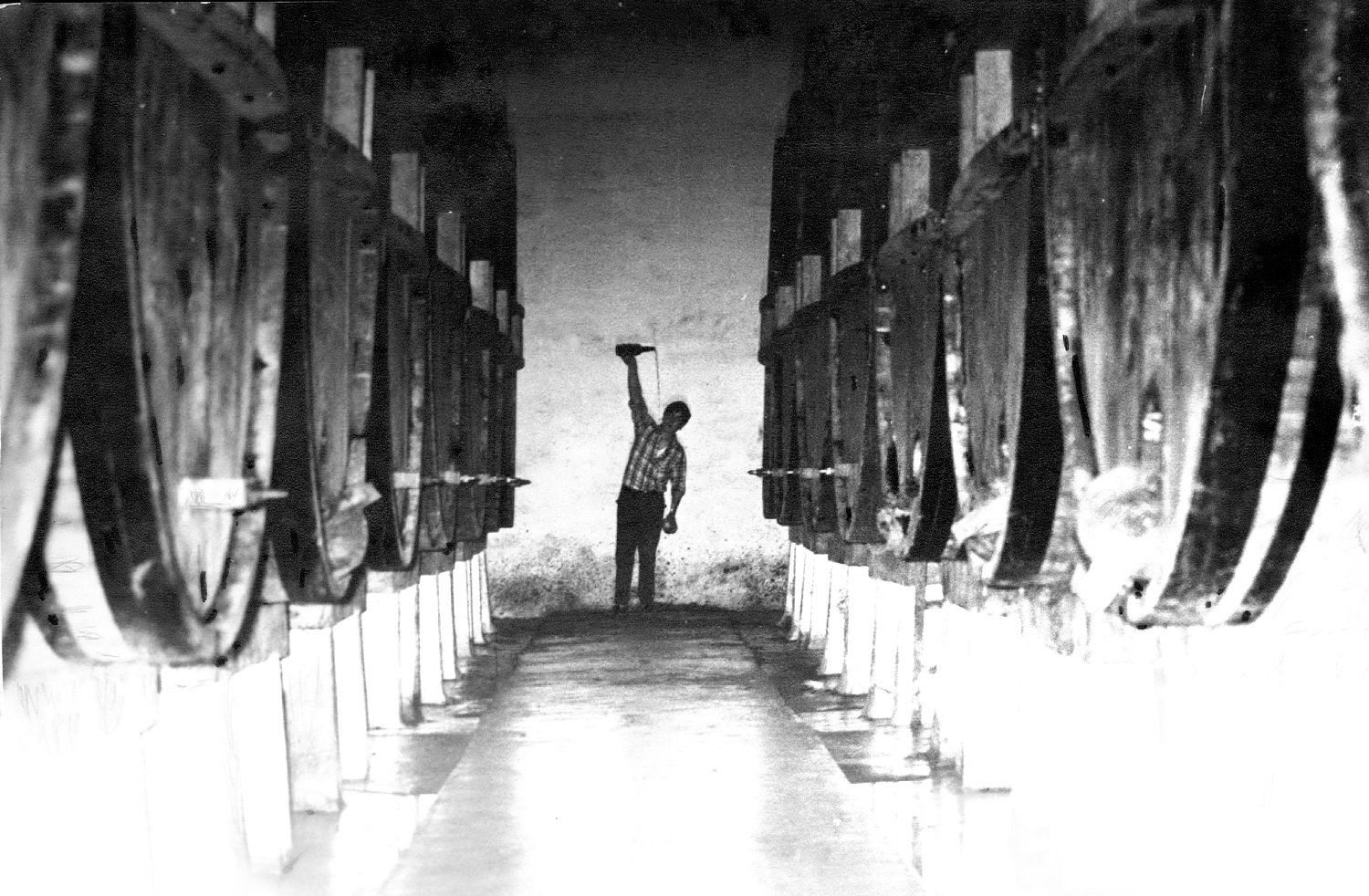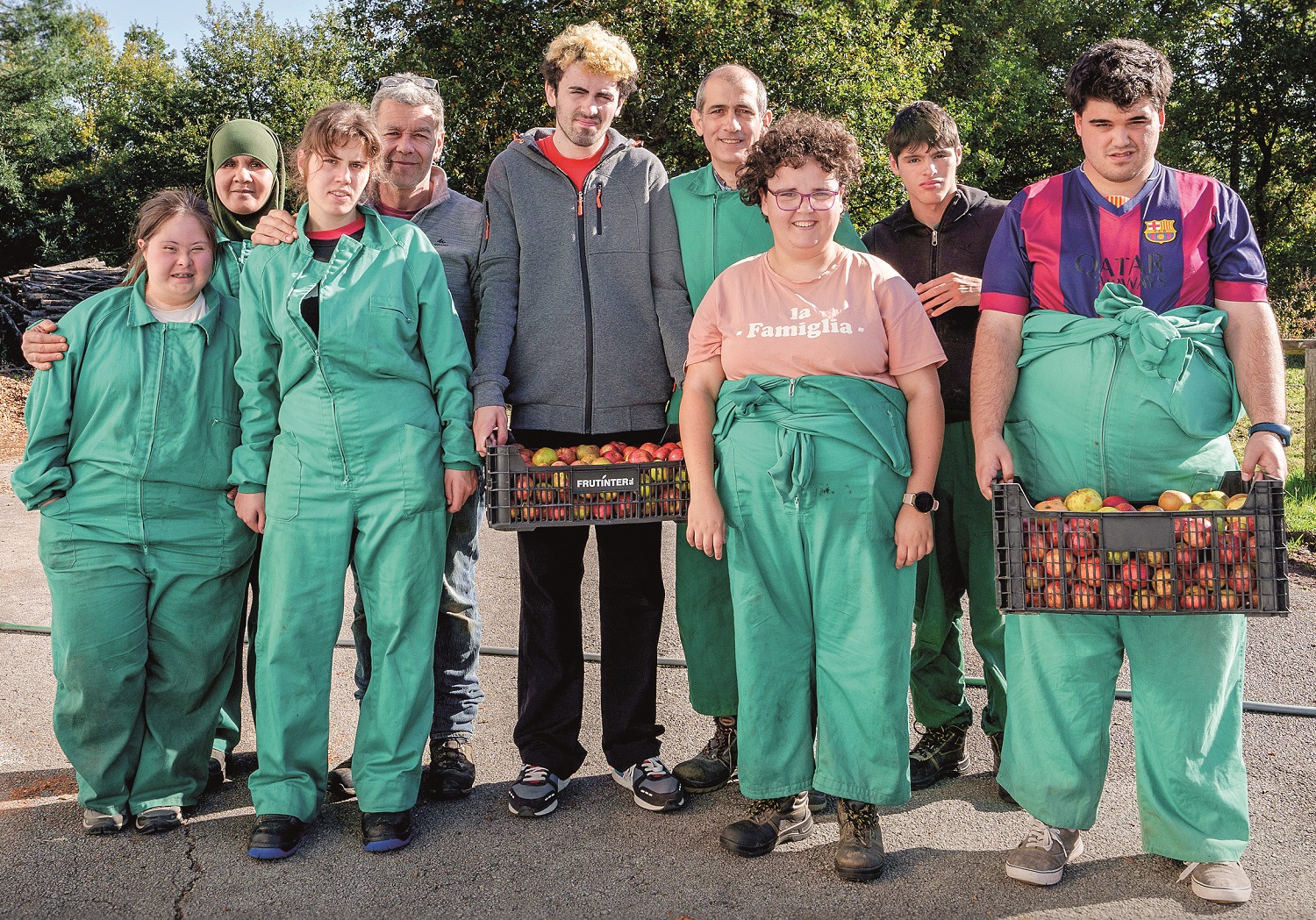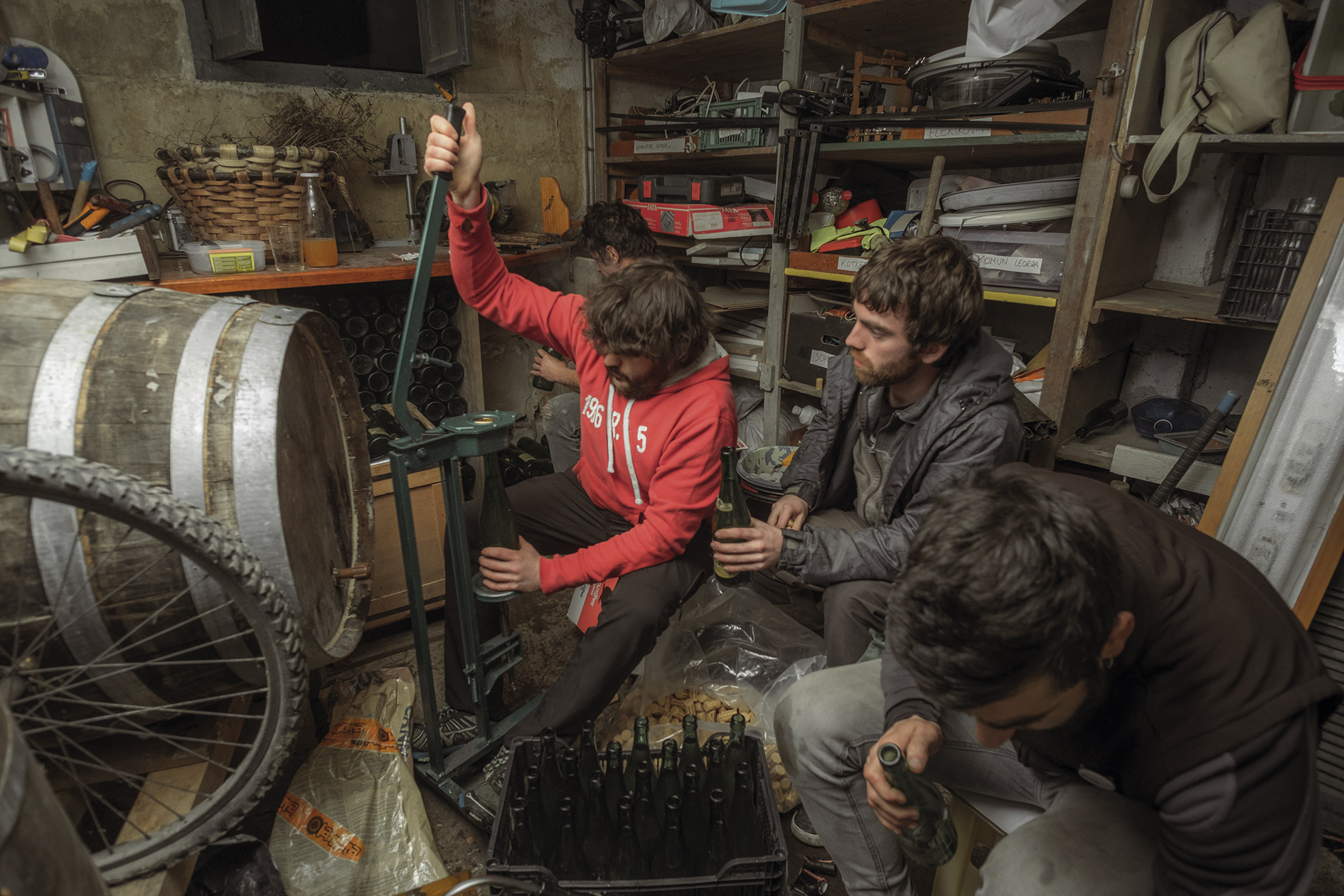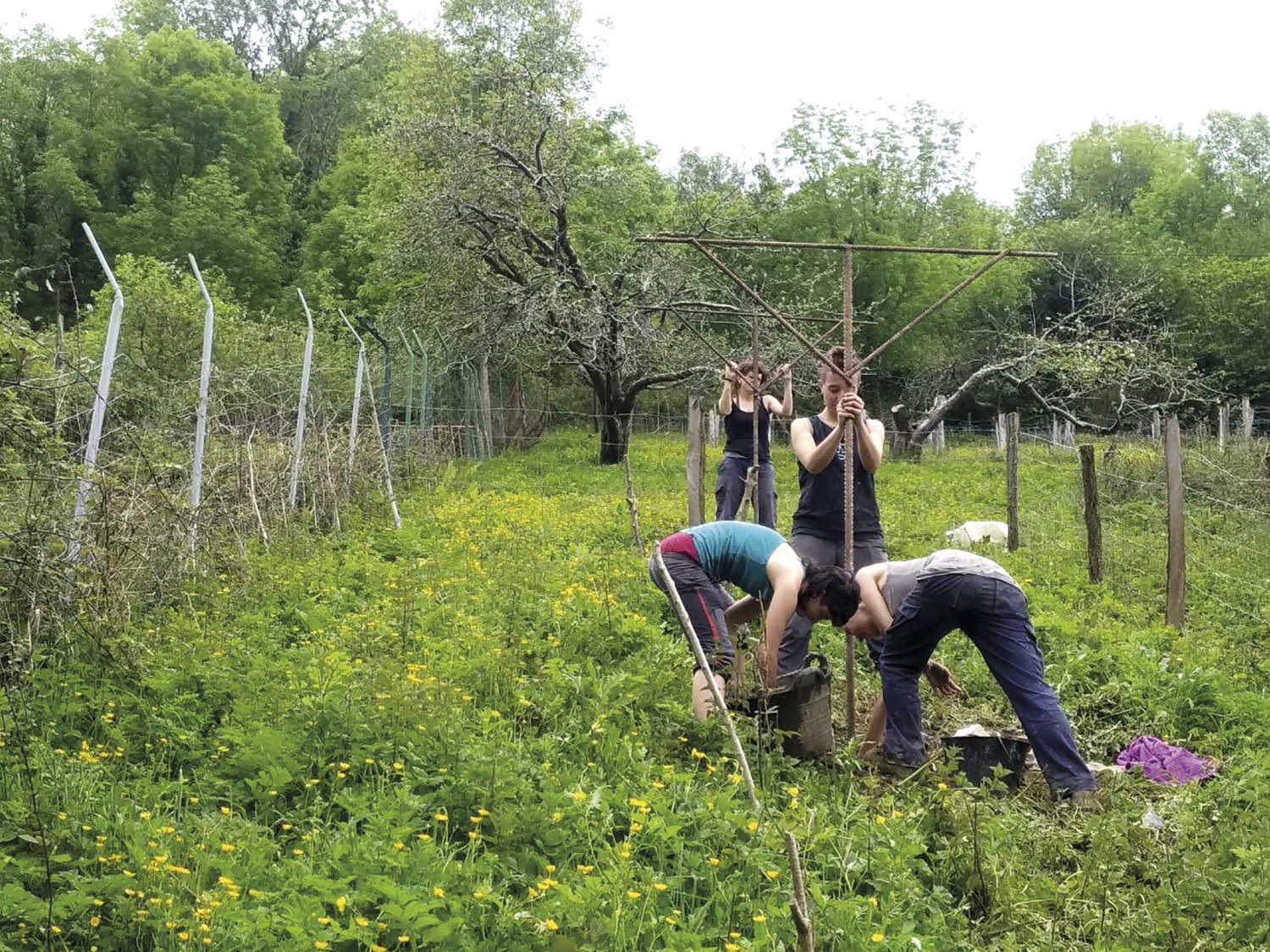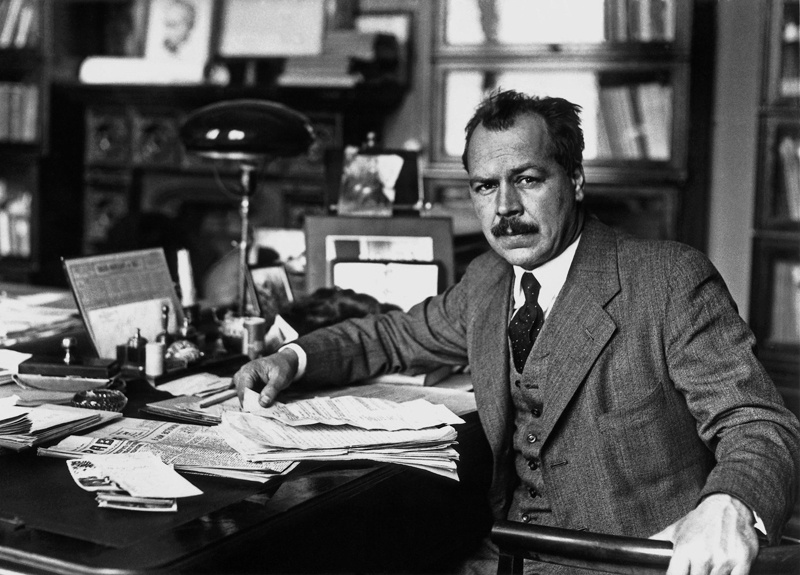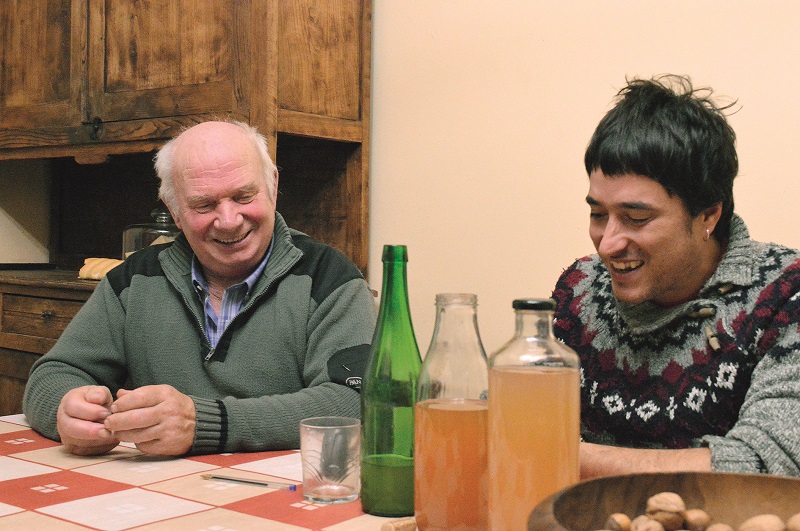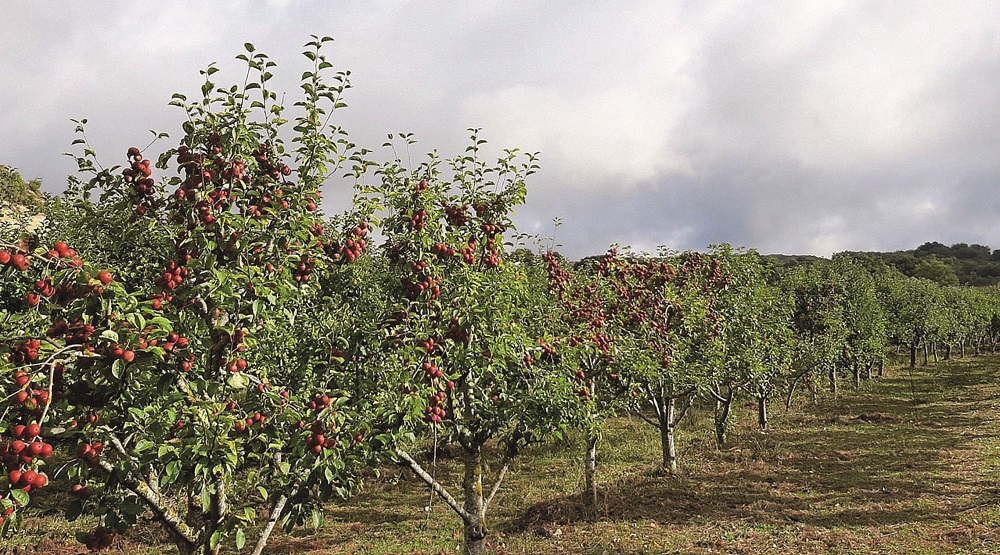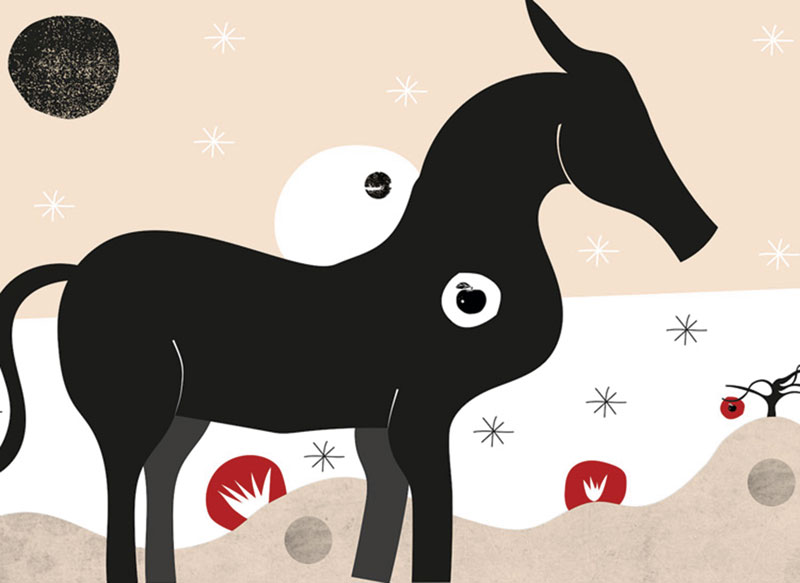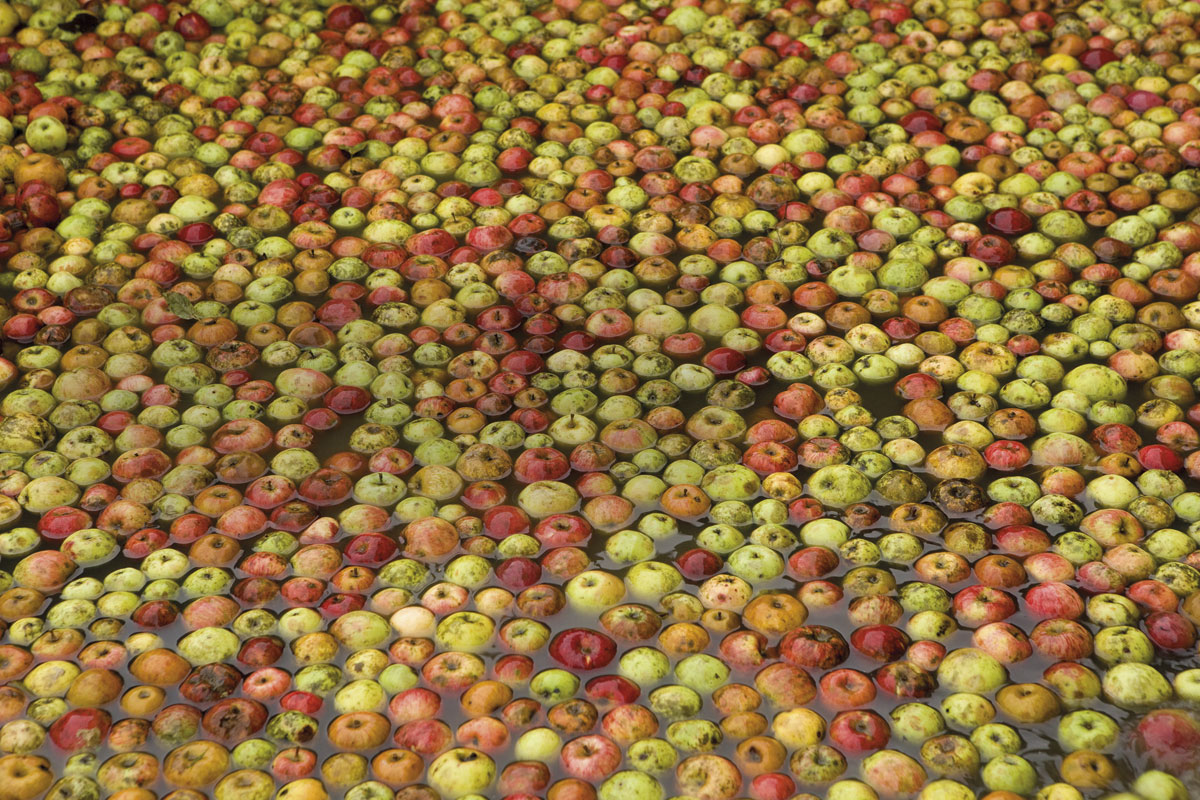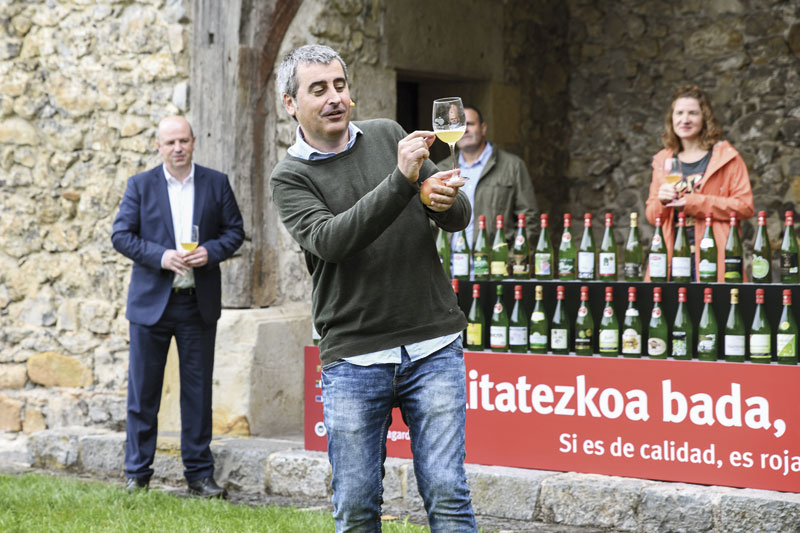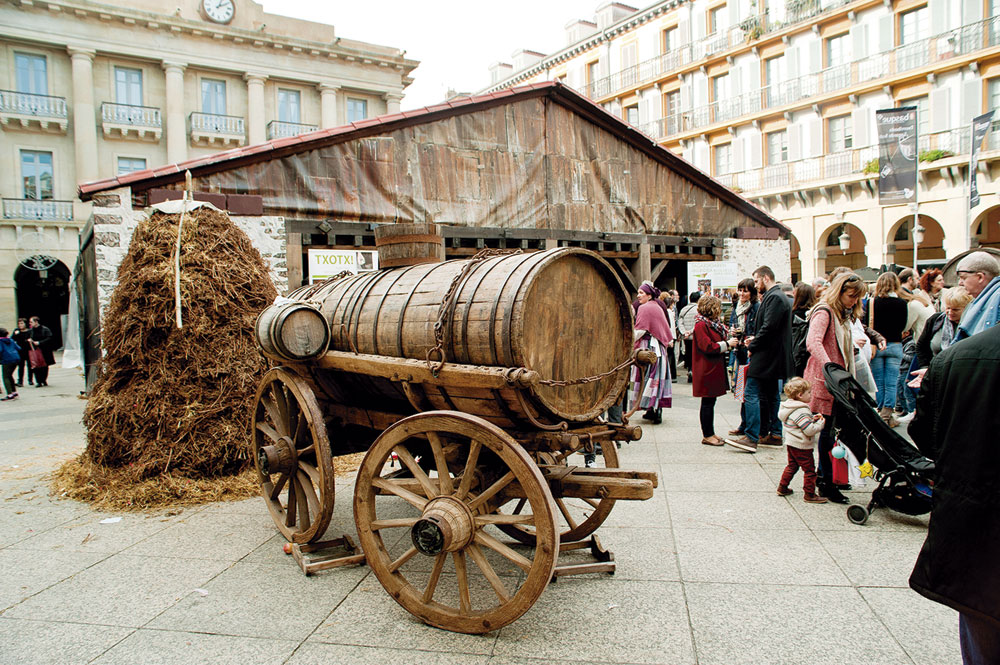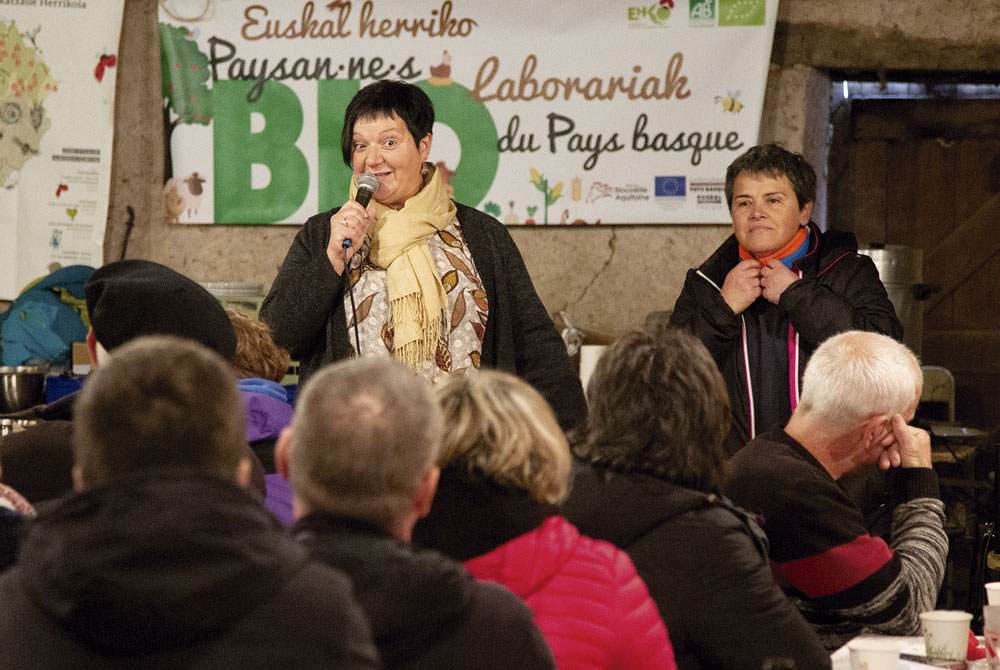Tian Shan Mountain Range, Apple Cradle
- In the late 19th century, when botanists began to question the origin of crops, they concluded that domestic apples emerged from the hybridization of European wild apples and other Asian species. And until recently, it's been thought that this was the case. Instead, Barrie E. Juniper and David J. Botanists Mabberley have received another version of their book The Extraordinary Story of the Apple. His account brings us to the “cradle of apples,” Tian Shan “to the celestial mountains,” in Asia.
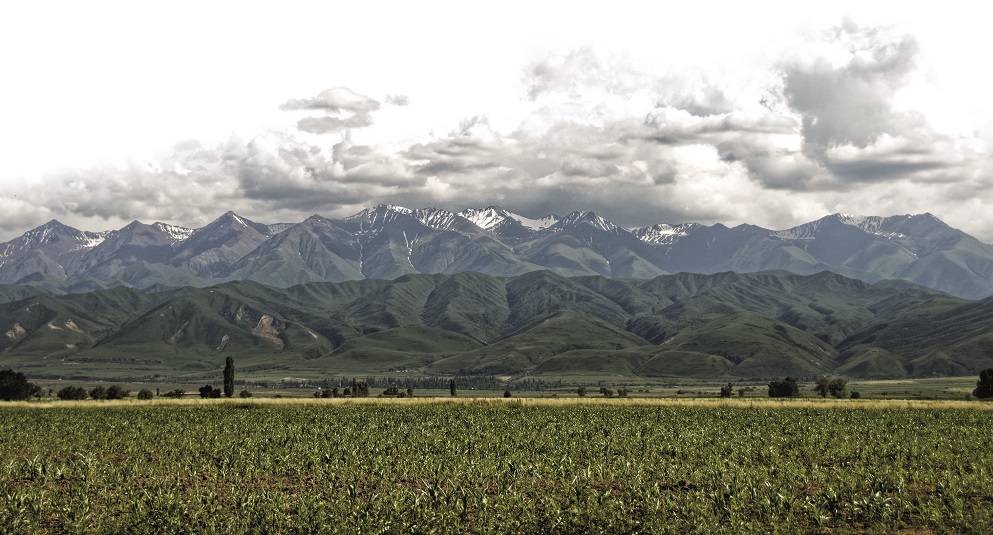
Located on the border between Kazakhstan, Kyrgyzstan and China, the authors have described the geological and biological conditions of this sierra, centered on the human, animal and plant relationship, to explain how the apple spread throughout the world, from the wild species Malus sieversii to the roots and fruits of the domestic domestic Malus domestica. Along the way are bears, horses, beetles, bees, Alexander the Great, Gengis Khan...
Barrie E. Juniper is a professor of biology at the University of Oxford and David J. Former Director of Botanical Gardens at Washington University, Mabberley and Professor at Macquarie University in Sydney. We have translated into Basque some of the passages of the last section of his book:
“A wealthy Persian landlord built and planted a ‘Paradise Garden’ at the time of the Great Cyrus, about 2,500 years ago. The apples contained there and some specimens that are currently in our orchards or in the shelves of supermarkets are not different in terms of their main characteristics, whether in terms of size, appearance, taste or composition of genetic personality.
About 100 million years ago, somewhere, perhaps in the middle and south of today's China, between the lower and upper cretaceous, there were plants from the rosacea family.
Perhaps ten million years ago, among the mountain alignments of the new lands created in central Asia, an early form of apples was trapped. The trees in this eyelet had bush-length fruits, the size of a cherry, which were probably scattered throughout the birds. Most species of wild apples, including North American ones, bear bitter fruit.
About two million years ago, glaciers began to expand in Western and Central Europe. But the glaciers never covered Tian Shan. On the contrary, during the expansion of glaciers, deserts began to form in the vicinity of Tian Shan, particularly in the east. All this isolated and separated the mountains from the rest of Asia and Europe.
Sheltered from the mountains, the interaction between these pioneer plants, among which was the “eo-apples”, and the animals, especially the bears, caused changes in this species, giving way to the plants that today we call “domestic apples”. Each Tian Shan apple has characteristics that differentiate them, but there are many that bear sweet fruit. As for genetic diversity, over the past eight centuries, domestic apples have not suffered significant reductions.
About 10,000 years ago, maybe a little bit more, humans experienced another dramatic change. Some groups of hunter-fishermen and gatherers, who initially moved from one to the other, made a transition to a lifestyle with a single residence, based on food cultivation and storage. We call this transition the Neolithic Revolution. This occurred for the first time in two areas of the Tigris and Euphrates valleys, located at the same distance of Tian Shan, one east and one west. About 6,000 kilometers to others.

Gradually, between these two Neolithic communities, commercial roads began to be built, probably based on ancient migratory paths of herbivorous animals. As the summer heat rose and the plants drifted earlier, the deserted roads, shorter and lower, went away to open longer and higher roads, where it made it cooler.
These roads crossed the original fruit forests. Apples, pears, apricots, pistachios, plums, nuts. Nutritious fruits, attractive to humans, even to bears and other animals. Especially on the freshest slopes that opened north.
7,000 years ago, horses, natural inhabitants of the northern steppes of Tian Shan, were domesticated. This accelerated the movement of the human communities that inhabited these territories. And it further increased the widening spread of apples, because while camel jaws and the digestive system reduce seeds, apple nuggets pass through the horse's intestine without damage, leaving animals in a fertile environment. The apple tree of the house began to move west.
About 3,800 years ago, in Babylon, the fruit graft was brought to perfection. Thanks to this revolutionary technique, the best examples of the forests were transferred to their gardens, first to Persia, then to Greece and Rome. Wars and conquests dispersed even more. Perhaps the Romans were the first to bring to the British Isles all the technical apparatus of vaccination (cuttings, patterns, varieties). However, there is evidence that some apples, derived from a seed, perhaps already existed in Western Europe. From there, the sea crossed the apples. “The rest is history.”
Eight centuries
Many crops have had to pass through history through genetic bottle collars, reducing their variability. On the contrary, an analysis of eleven of the fifteen varieties of apples on which 90% of American production is based has shown that genetic diversity has not decreased over the past eight centuries, and that 95.1-96.7% of the variability identified in them is still present in wild apples of Tian Shan.
Thanks to vaccination, the most outstanding specimens have been kept in the form of cereal, forming clones, barely altered for long periods of time, perhaps for 2,000 years in some cases. In any case, the European slaughterhouses, as well as the margins of the American roads, are witnessing the great potential for sexual reproduction of Malus domestica.
For commercial reasons, supermarkets around the world probably show on their shelves less than 50 varieties of apple. However, in the orchards of the abandoned rural houses of northern New York, on the edge of the old English roads and on the marginal lands of the other areas of the “temperate world”, there are abundant apples, of unknown kinship, coming from a seed. Many will have little value unless animals eat or make a cider not very good. But from time to time extraordinary quality copies will be produced. This is difficult in pears and surgeries, even if they are planted in the same way.”











